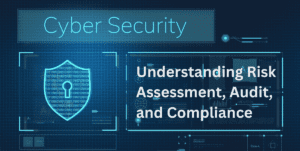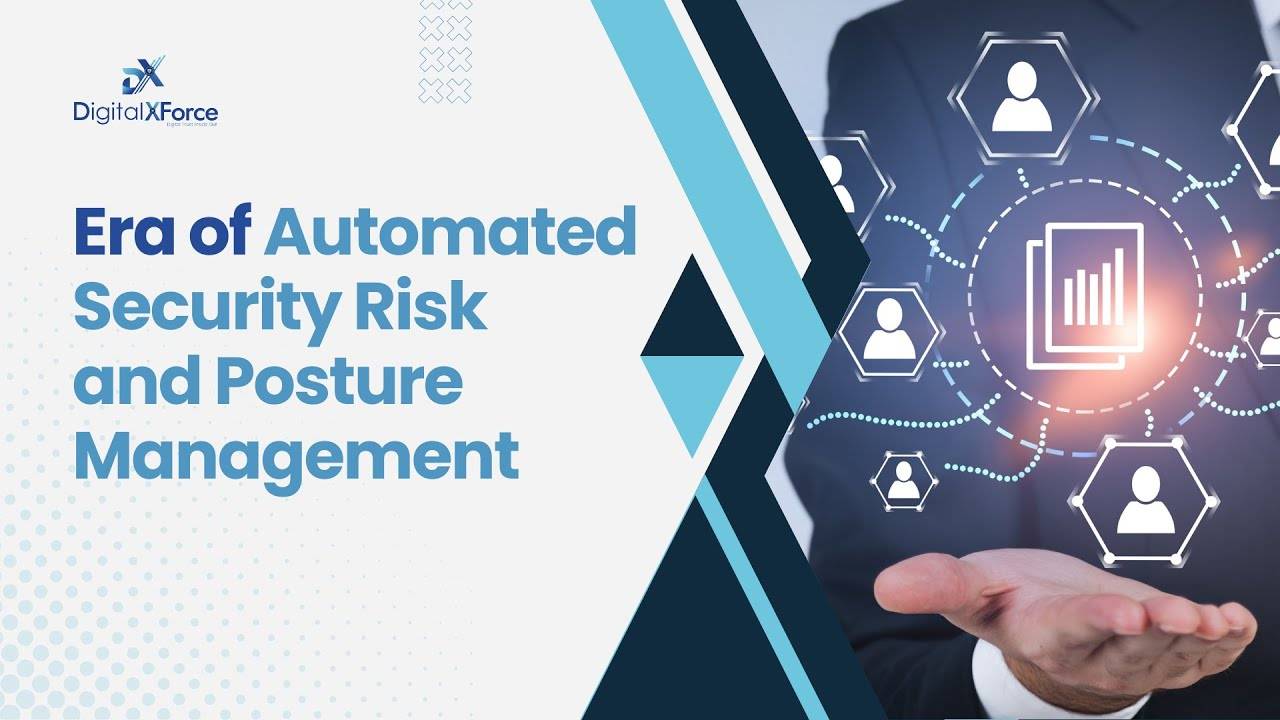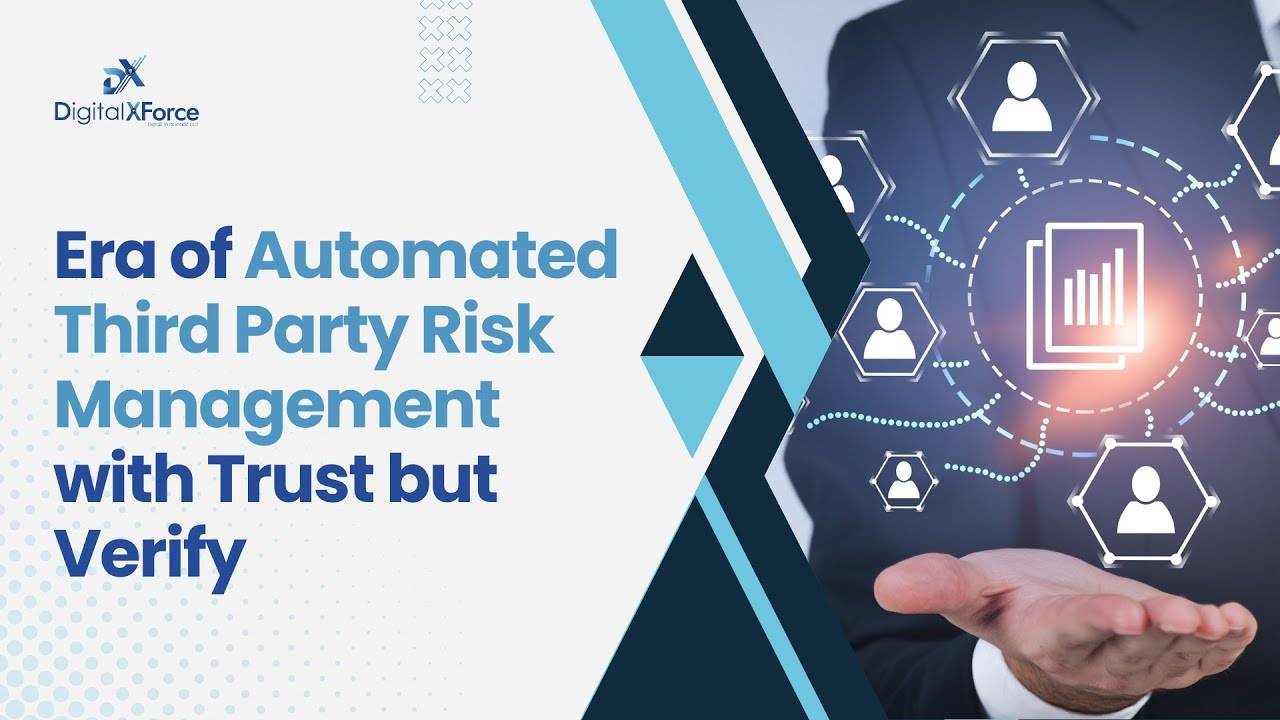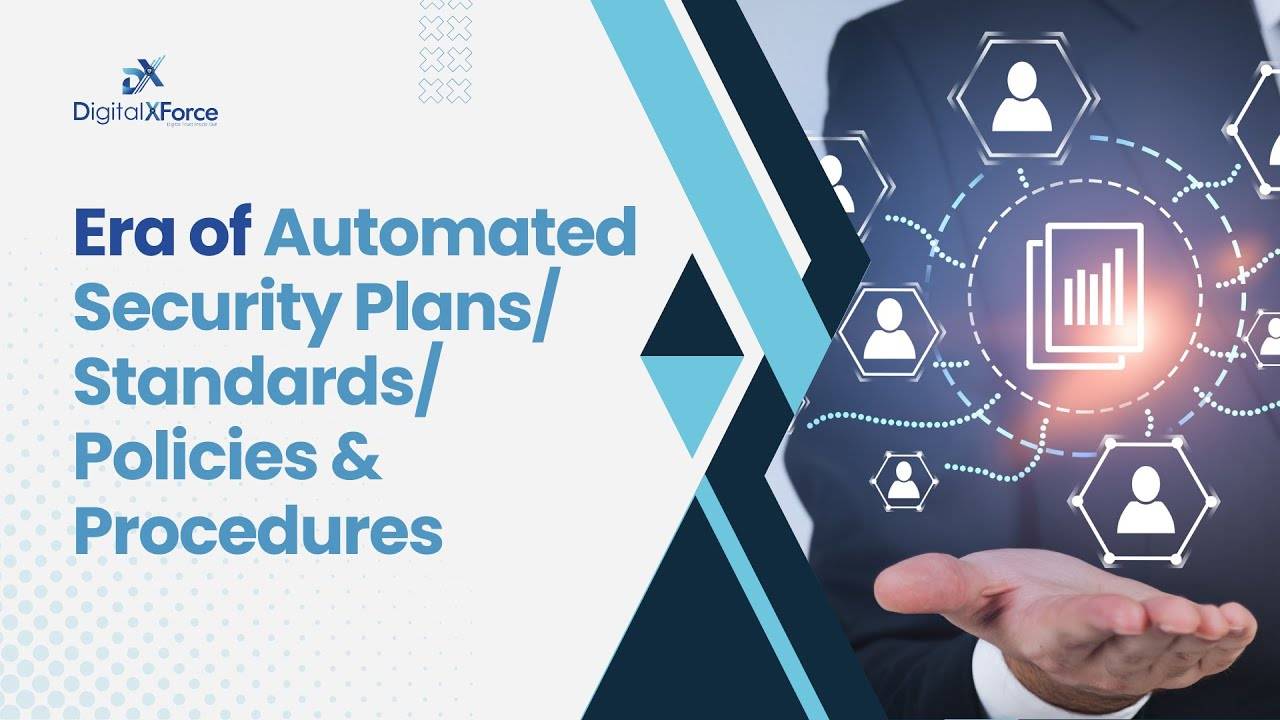Lalit Ahluwalia is committed to redefining the future of Cybersecurity by adding a “T-Trust” tenet to the conventional CIA Triad. Here, Lalit explores risk assessment, audit, and compliance; the role of auditing in risk assessment and compliance, compliance frameworks, and how to automate risk assessment, audit, and compliance with DigitalXForce.

Risk assessment, audit, and compliance lie at the core of every robust cybersecurity strategy – a systematic process that entails the identification, evaluation, and management of potential risks that could jeopardize an organization’s sensitive data and digital infrastructure. You may think your business is safe, but the lurking dangers of cyber threats and compliance breaches are always present.
In this article, we will take a look at risk assessment, audit, and compliance, providing you with a comprehensive overview and significance of these concepts, their key processes, and how to automate these processes in your organization using a robust DigitalXForce cybersecurity solution.
What is Risk Assessment?
Let’s start by understanding what risk assessment entails. Risk assessment is a systematic process deployed to identify, evaluate, and prioritize potential risks you may encounter. These risks can span various areas, including financial, operational, legal, or reputational risks. By conducting a risk assessment, you can proactively identify potential threats and take appropriate measures to mitigate or manage them effectively in your organization.
The roots of risk assessment can be traced back to the early 20th century when it was primarily used in the field of engineering. Engineers would assess potential risks associated with the construction of bridges, dams, and other infrastructure projects. Over time, the application of risk assessment expanded to various industries, including finance, healthcare, and information technology. Today, risk assessment has become an integral part of corporate governance and risk management practices.
The Importance of Risk Assessment
Now that we have a basic understanding of risk assessment, let’s explore why it is so important for organizations. Risk assessment plays a crucial role in ensuring the sustainability and growth of organizations.
By identifying potential risks, risk assessment empowers organizations to make informed decisions and develop strategies to minimize risk impact. Here are some key reasons why risk assessment is of utmost importance:
Regulatory Compliance: Regulatory bodies across industries require organizations to conduct risk assessments as part of their compliance obligations. Failure to comply with these requirements can lead to severe penalties, legal consequences, and reputational damage.
For instance, in the financial industry, banks are required to conduct risk assessments to comply with regulations such as the Basel III framework. This framework sets out guidelines for capital adequacy, liquidity risk, and leverage ratios, among other things.
By conducting risk assessments, banks can ensure they are compliant with these regulations and avoid potential regulatory actions.
Protecting Your Interests: Risk assessment helps organizations protect your interests, including employees, customers, and investors. By identifying risks, organizations can take steps to prevent potential harm, such as data breaches or workplace accidents, thereby safeguarding your well-being.
In the healthcare industry, risk assessments are essential for patient safety. Hospitals and healthcare providers conduct risk assessments to identify potential risks that could harm patients, such as medication errors or hospital-acquired infections. By mitigating these risks, healthcare organizations can provide a safer environment for you.
Financial Stability: Effective risk assessment practices contribute to financial stability by identifying risks that could impact an organization’s financial health. By proactively managing these risks, organizations can avoid potential financial losses and maintain their long-term viability.
Manufacturing companies rely on risk assessments to maintain financial stability. By identifying risks such as supply chain disruptions or equipment failures, manufacturers can implement contingency plans and preventive measures to minimize financial losses and ensure uninterrupted operations.
Enhancing Operational Efficiency: Risk assessment allows organizations to evaluate their existing processes and identify areas for improvement. By understanding potential risks and their impact, organizations can implement preventive measures, optimize operations, and enhance overall efficiency.
In the IT industry, risk assessments are crucial for managing cybersecurity risks. By identifying vulnerabilities and potential threats, organizations can implement robust security measures, such as firewalls and encryption, to protect their systems and data from cyberattacks.
Risk Assessment Process
Understanding the risk assessment process is essential in comprehending how organizations identify and manage risks effectively. The risk assessment process typically involves the following steps:
Identifying Risks: Organizations must identify potential risks by conducting a thorough analysis of their operations, industry trends, and regulatory requirements. This can be done through internal audits, external assessments, and benchmarking against industry best practices.
Evaluating Risks: Once risks are identified, organizations need to assess their likelihood and potential impact. This evaluation helps prioritize risks and allocate resources effectively.
Risk Mitigation Strategies: After evaluating risks, organizations develop risk mitigation strategies to minimize their impact. This may include implementing control measures, conducting regular audits, or obtaining insurance coverage.
Monitoring and Review: Risk assessment is an ongoing process that requires continuous monitoring and review. Organizations should regularly evaluate the effectiveness of their risk mitigation strategies and make necessary adjustments as risks evolve.
It is important to note that risk assessment should be tailored to your specific needs and characteristics. There is no one-size-fits-all approach to risk assessment, as each industry and organization faces unique risks and challenges.
Audit in Risk Assessment and Compliance
In addition to risk assessment, audits play a critical role in evaluating and improving organizational processes. An audit is a systematic and independent examination of an organization’s activities, records, and operations to ensure compliance with internal policies, regulations, and industry standards.
Audits provide organizations with an objective assessment of their risk management practices, internal controls, and compliance with applicable laws and regulations. By conducting audits, organizations can identify areas of non-compliance, weaknesses in internal controls, and opportunities for improvement.
In addition, organizations conduct audits internally through an audit department or externally by independent audit firms. Regardless of the type of audit, the goal is to provide assurance to stakeholders that the organization’s operations are conducted in a transparent and compliant manner.
Compliance and Risk Assessment
Now that we understand risk assessment and audit, let’s explore their relationship with compliance. Compliance refers to adhering to laws, regulations, and industry standards that govern your organization’s operations. Risk assessment and audit go hand in hand with compliance, as effective risk assessment and audit processes are crucial to ensuring compliance. Organizations must understand and comply with relevant laws and regulations to avoid legal repercussions and reputational damage.
Failure to comply with regulatory requirements can result in severe consequences. Organizations may face hefty fines, legal penalties, loss of licenses or certifications, and damage to their reputation. Therefore, organizations must prioritize compliance alongside risk assessment and audit to maintain their integrity and protect your interests.
Compliance Frameworks and Standards
To assist organizations in achieving compliance and implementing effective risk assessment practices, several frameworks and standards have been developed. These frameworks provide guidelines and best practices for managing cybersecurity risks. Let’s explore some of the most widely recognized frameworks:
- NIST Cybersecurity Framework
The National Institute of Standards and Technology (NIST) Cybersecurity Framework is a widely adopted framework in the United States. It provides organizations with a flexible and comprehensive approach to managing cybersecurity risks. The framework consists of five core functions: Identify, Protect, Detect, Respond, and Recover.
- ISO 27001
ISO 27001 is an international standard for information security management systems. It provides a systematic approach to managing sensitive company information, ensuring its confidentiality, integrity, and availability. Compliance with ISO 27001 demonstrates an organization’s commitment to information security.
- PCI DSS
The Payment Card Industry Data Security Standard (PCI DSS) is a set of security standards designed to protect credit card data. Compliance with PCI DSS is mandatory for any business that handles credit card transactions. The standard includes requirements for network security, encryption, and access control.
- HIPAA
In the healthcare industry, compliance with regulations such as the Health Insurance Portability and Accountability Act (HIPAA) is crucial for protecting patient privacy and data security. Healthcare organizations conduct risk assessments and audits to identify potential vulnerabilities, evaluate compliance with HIPAA requirements, and implement necessary controls and safeguards.
How to Automate Risk Assessment, Audit, and Compliance with DigitalXForce
DigitalXForce stands as a leading cybersecurity solutions provider, offering cutting-edge automated risk assessment, audit, and compliance solutions powered by AI JedAi – XForce GPT, which revolutionizes risk assessment, audit, and compliance practices by leveraging the latest advancements in artificial intelligence and machine learning. DigitalXForce equips businesses with the tools to proactively identify and mitigate risks, ensuring continuous compliance with regulatory requirements.
Implementing DigitalXForce’s automated robust cybersecurity solutions offers several benefits for businesses:
Enhanced Efficiency: Automation of risk assessment, audit, and compliance with AI JedAi eliminates the need for manual and time-consuming processes, allowing businesses to allocate resources more effectively and focus on strategic initiatives.
Proactive Risk Management: Our robust risk assessment and management strategies enables businesses to identify potential risks in real-time, empowering you to take proactive measures to mitigate these risks before they result in costly consequences.
Continuous Compliance: Staying compliant with regulatory requirements is a daunting task. However, DigitalXForce’s automated solutions provide businesses with the ability to maintain continuous compliance by automating audits, monitoring changes in regulations, and generating comprehensive reports without breaking the bank.
Scalability and Adaptability: DigitalXForce’s cybersecurity solutions are designed to scale with the growth of businesses. Whether an organization expands its operations or faces evolving cybersecurity threats, AI JedAi can adapt and analyze vast amounts of data seamlessly.
Final Words
Understanding risk assessment, audit, and compliance is essential for organizations in today’s complex and ever-changing business landscape. By proactively identifying and managing potential risks, conducting thorough audits, and ensuring compliance with laws and regulations, organizations can protect their interests, ensure regulatory compliance, and maintain financial stability. Risk assessment, audit, and compliance are not standalone processes but rather interconnected practices that require ongoing attention and adaptation.
As you navigate the challenges of risk assessment, audit, and compliance in your organization, remember to tailor your approach to your specific needs and seek professional guidance when necessary. By prioritizing risk assessment, audit, and compliance, you can safeguard your integrity, protect your stakeholders’ interests, and pave the way for sustainable growth and success. With DigitalXForce automated risk assessment, audit, and compliance solution, you can safeguard your business and protect your digital assets from an ever-evolving threat landscape.



